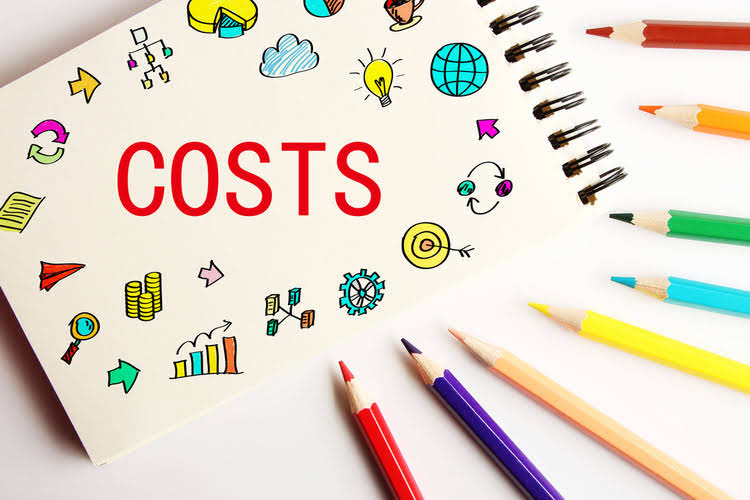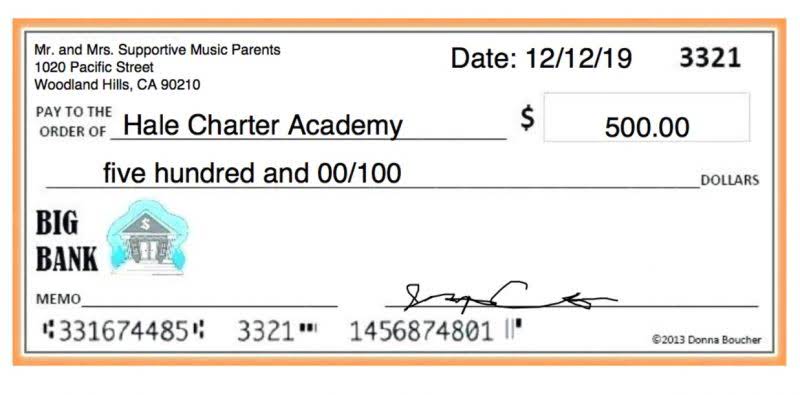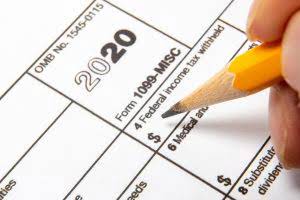How to Calculate After Tax Salvage Value: A Complete Guide

Salvage value is usually an estimate, meaning companies can overestimate or underestimate an asset’s final value. If a business overestimates salvage value, it may record less depreciation than necessary, affecting financial statements. On the other hand, underestimating salvage value could result in higher expenses than necessary. Several factors impact how much an asset will be worth at the end of its useful life. These variables make salvage value estimation challenging, requiring businesses to adjust their calculations over time. On the balance sheet, salvage value contributes to an asset’s net book value, impacting a company’s financial position.
How Does Salvage Value Affect Financial Planning?
The applicable tax rate on the gain from the asset sale significantly impacts the after-tax salvage value. Technological advances can significantly impact the determination of salvage value. As new and more efficient technologies emerge, older assets may become outdated and less desirable in the market.
Finale thought, Turn Assets into Advantage

In order to calculate depreciation, you will need to know the useful life of that asset. For reasons of simplicity and brevity, the depreciation methods demonstrated in this article use only the required arguments. Several of the depreciation functions include optional arguments to allow for more complex facts, such as partial-year depreciation. Bookkeeping for Startups You need to input the original cost of the asset, depreciation rate, and the number of years.

Double-Declining Balance
- To minimize these challenges, businesses should base their salvage value estimates on solid data, consult industry experts, and regularly review financial assumptions.
- Moreover, it aids in evaluating the financial viability of upgrading equipment or investing in new technology.
- NRV is also used to account for costs when two products are produced together in a joint costing system until the products reach a split-off point.
- Salvage value must be carefully documented within a company’s financial reporting, often accompanied by detailed notes explaining estimation methods and assumptions.
- Assume that our company has an asset with an initial cost of $50,000, a salvage value of $10,000, and a useful life of five years and 3,000 units, as shown in the screenshot below.
- The Internal Revenue Service (IRS) requires companies to estimate a “reasonable” salvage value.
Understanding this value is essential for accurate depreciation accounting and for making informed decisions about when to retire or replace an asset. Salvage value refers to the estimated residual value of an asset at the end of its useful life. It represents the amount that the asset is expected to be worth when it is no longer useful or productive to the business. This value is determined by various factors such as the condition of the asset, market demand, and technological advancements. The salvage value is important for accounting purposes as it allows for the calculation of depreciation expense.
- The system’s advanced analytics and reporting capabilities provide valuable insights into your inventory trends, helping you make informed decisions.
- Worry not, Financial Management Software provides complete transparency throughout the recording and management of the assets and ensures stricter compliance.
- Here, you will learn the formula for calculating this value and the various depreciation methods that affect it.
- To follow along in Excel, access the spreadsheet here and go to the second tab.
- On the other hand, underestimating salvage value could result in higher expenses than necessary.
- Salvage value affects depreciation, a non-cash expense that influences net income on the income statement.
Benefits of Calculating the Salvage Value
For instance, understanding the salvage value helps determine the optimal point to sell or retire an asset before its operational costs outweigh its benefits. Moreover, it aids in evaluating the financial https://www.vet-dimbach.at/quickbooks-accountant-welcome-guide/ viability of upgrading equipment or investing in new technology. The units of production method ties depreciation to actual usage, making it particularly relevant for assets whose wear and tear depend more on usage than time. Instead of a fixed annual charge, depreciation varies with the asset’s operational output, like machine hours or units produced. Salvage value can be considered the price a company could get for something when it’s all used up.

How to Calculate Scrap Value of an Asset with SLM Depreciation
There might be a minor nuisance as the scrap value may assume that the good isn’t being sold, but instead, it is just converted to raw materials. For instance, a business may decide that it wants to scrap a fleet of vehicles of the company for $1,000. However, since the value of an asset decreases or depreciates over time, you cannot expect its salvage price to be the same as its initial cost. It will always be lower than it, typically less than half its original price. If you run a business, you will need various machinery like computers, production equipment, workspaces, and more. These objects salvage value formula that you need to run your business will be collectively regarded as your business assets.
- You can calculate this by an estimation method or by using the depreciation method.
- Using this method, you can calculate salvage value at the time of selling the asset.
- By standardizing this process, businesses can improve their financial stability and planning strategies.
- Modern tools and software have transformed the precision with which businesses can calculate and manage salvage values.
- Finally, the salvage value shares the maximum comparison with the scrap value.
- Companies consider the matching principle when estimating asset depreciation and salvage value.
Fixed Asset Salvage Value Calculation Example (PP&E)
These changes affect how you depreciate assets but don’t change salvage value basics. Industry-standard resources like Kelley Blue Book and NADA Guides provide reliable benchmarks for estimating the salvage value of my car. These platforms analyze thousands of transactions to establish accurate pricing ranges.

Current developments in taxation of individuals: Part 1
The double-declining balance method results in higher depreciation expenses in the beginning of an asset’s life and lower depreciation expenses later. This method is used with assets that quickly lose value early in their useful life. A company may also choose to go with this method if it offers them tax or cash flow advantages. The total depreciation of an asset is calculated by subtracting its salvage value from its original purchase price. A higher salvage value means less depreciation expense each year, while a lower or zero salvage value means the asset depreciates more. Different depreciation methods treat salvage value differently, which affects financial reporting.
- This is often heavily negotiated because, in industries like manufacturing, the provenance of their assets comprise a major part of their company’s top-line worth.
- Its scalability means it grows with your business, adapting to your needs and supporting your success.
- The straight-line method is suitable for assets that are expected to provide equal benefit over their useful life, such as buildings or vehicles.
- Now that we’ve discussed what is scrap value and what are its benefits, let’s discuss its limitations.
- It’s a strategic tool that, when understood and applied correctly, can lead to more informed and profitable decisions in the finance industry.
Salvage value can be described as the estimated value which a company will realise as a part of terminal cashflow after utilizing asset throughout its useful life. Significant changes in the company’s financial position – whether favorable or adverse – can impact the returns expected from the sale of the asset. For example, if a company is at risk of bankruptcy may be forced to sell its assets at a reasonably lower rate. External factors such as new market trends, technological innovations, unexpected economic slowdowns, and unexpected economic boom can impact an asset’s value. As the future is unpredictable, there is always a likelihood of making incorrect predictions about different circumstances and market conditions.
Compliance and Reporting Requirements
You can access the two accompanying videos here and here and a workbook with examples of using the various depreciation methods. This is the period, typically in years, an asset is expected to provide economic benefits. Salvage value, or residual value, is the estimated resale or scrap value of an asset at the end of its useful life. This is the amount a company expects to recover, and it may be zero for some assets. Remember, the goal isn’t to make a perfect prediction (that’s almost impossible) but to make a solid estimate that helps you plan. Whether leasing a car, buying manufacturing equipment, or managing a fleet of vehicles, understanding residual value puts you in a better position to make sound financial decisions.

